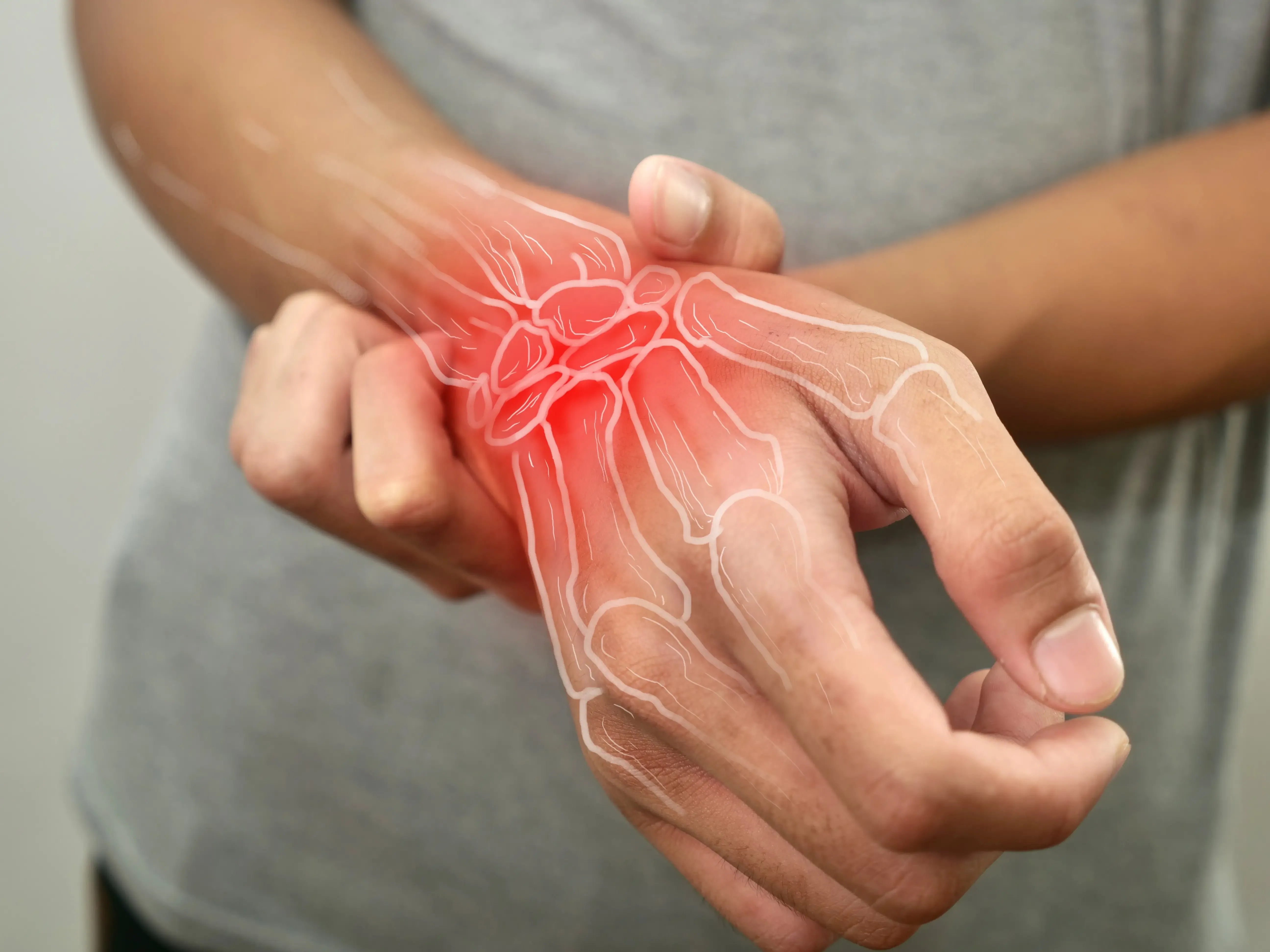Which service would you like to book?

Wrist Pain or Numbness? It Could Be Carpal Tunnel
Carpal Tunnel Syndrome is more common than you think—but early diagnosis and targeted treatment can make a big difference.
What is it?
Carpal Tunnel Syndrome occurs when the median nerve, which runs through a narrow passageway in the wrist known as the carpal tunnel, becomes compressed. This can happen due to repetitive movements, wrist injury, swelling, pregnancy, arthritis, or prolonged poor positioning. When this tunnel becomes narrowed or inflamed, it places pressure on the nerve, leading to pain and other symptoms in the hand and arm.
Common signs and symptoms
- Numbness, tingling, or pins & needles in the thumb, index, middle, and part of the ring finger
- Weakness in the hand and difficulty gripping objects
- Pain in the wrist and forearm, often worse at night or first thing in the morning
- Discomfort that may radiate up to the shoulder
How can our Practitioners help?
- Hands-on treatment to reduce muscle tension in the forearm and wrist
- Wrist splinting, particularly at night to prevent aggravation
- Joint mobilisation to improve wrist and hand movement
- Ice or heat therapy to reduce inflammation and ease discomfort
- Tailored exercise programs to strengthen the wrist and hand muscles
- Treatment of the neck and nerve pathway to reduce tension on the median nerve
- Advice on modifying tasks at work and home to prevent aggravation
- Guidance on posture and ergonomics for keyboard, mouse, and phone use
- Clinical Pilates to improve overall posture and core support
- Dry needling to relieve deep muscle tightness
How long will it take to get better?
Most people begin to feel relief within 4–6 weeks with consistent hands-on therapy and lifestyle adjustments. Recovery time can vary depending on the severity of symptoms and how much the wrist is used during daily activities. Without proper care, carpal tunnel symptoms may worsen over time and lead to permanent nerve damage. Early assessment and regular treatment significantly improve outcomes and help prevent chronic issues.




Copy link to clipboard